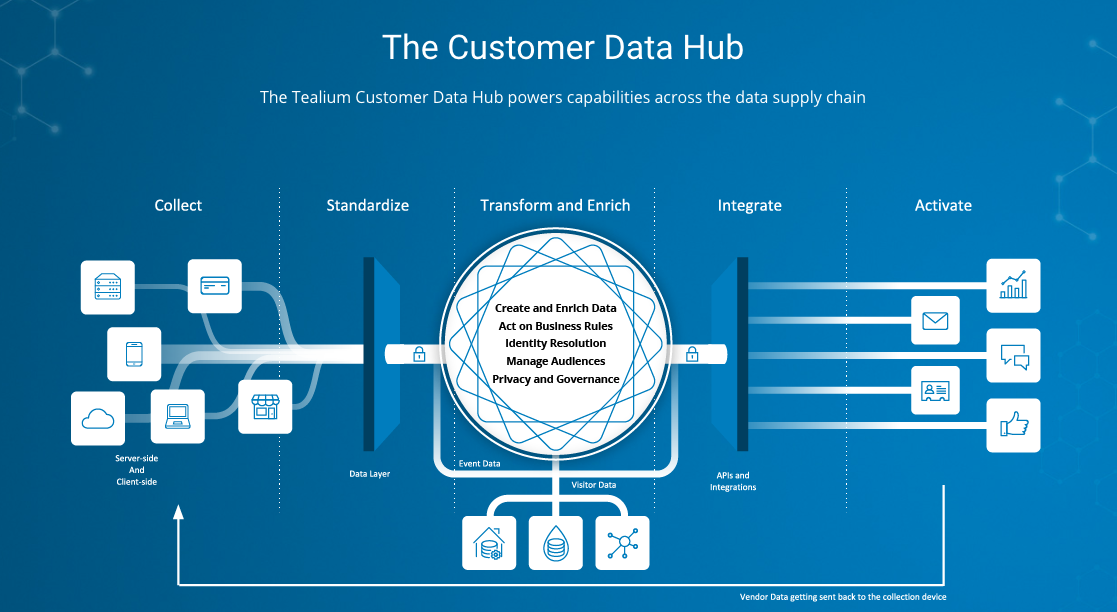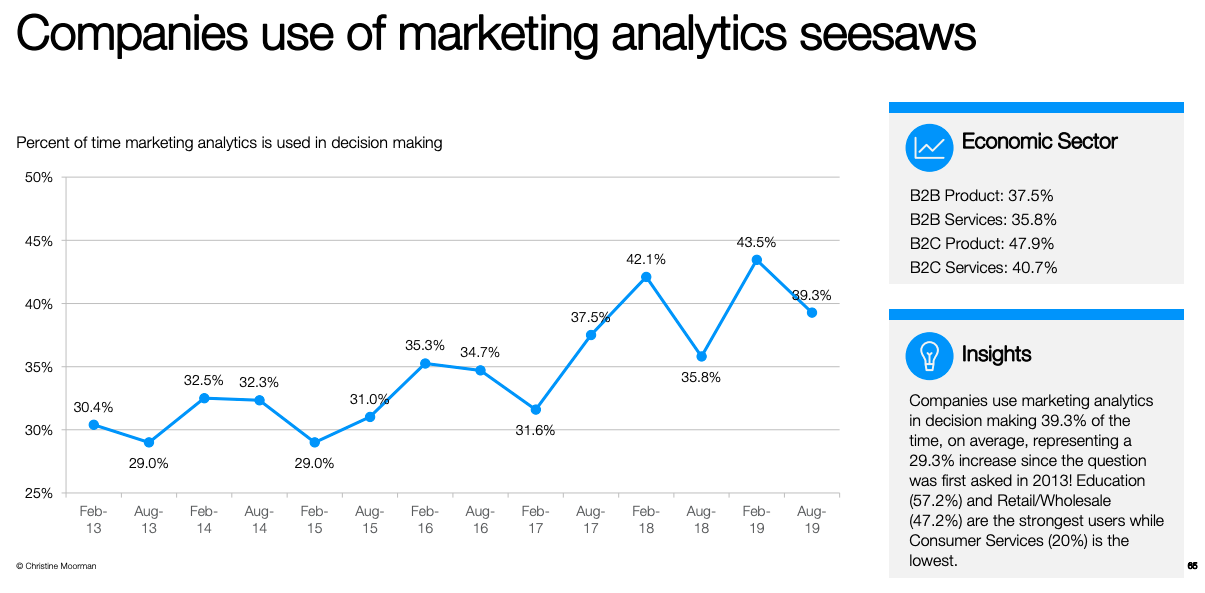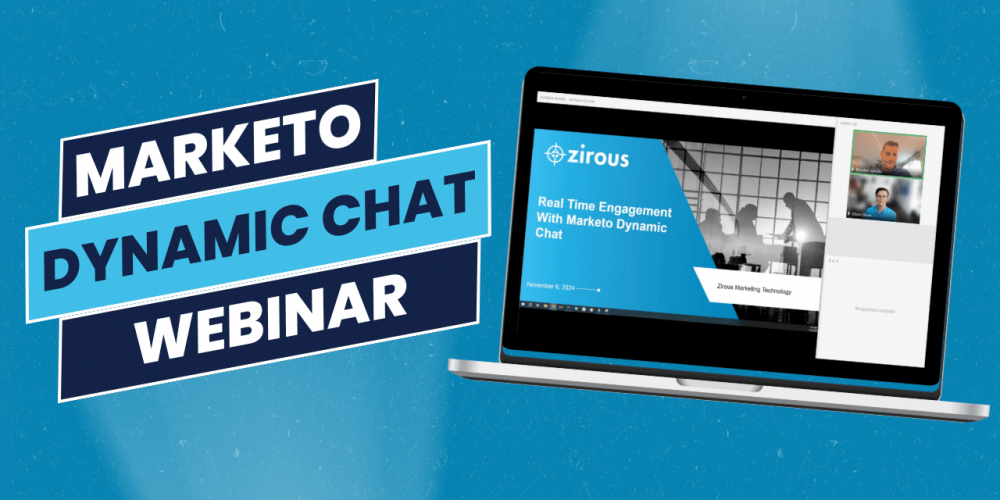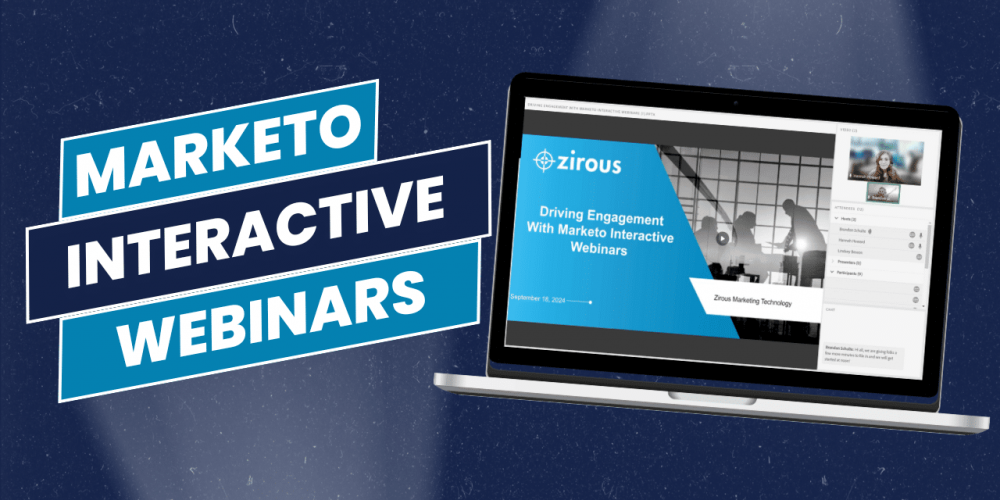Looking to enhance your website's engagement and capture valuable leads in…
Story Highlights
- Customers expect brands to personalize content to match their needs.
- A firm’s ability to analyze, democratize and leverage data insights can be a key market differentiator.
- Customer experience starts with a master data governance model and a data pipeline.
Not too long ago the ability to turn a phrase, coupled with killer designs and a solid product, were the keys to marketing success.
Those things still matter, but few marketers (and even fewer consumers) would dispute that the ability to personalize the customer experience has overtaken message, product and even price as the most important brand differentiator. In fact, a recent study by Accenture found that 91% of consumers are more likely to shop with brands that recognize, remember and provide relevant recommendations or offers. Another study by Epsilon found that 80% of consumers are more likely to do business with a company with personalized customer experiences.
If nearly every organization understands that providing an optimal customer experience is key to growth, why did an Evergage survey of marketers find that only 12% of marketers are very or extremely satisfied in the ability to personalize content for consumers?
The foundation of personalization starts with the ability to collect, aggregate, optimize and flight data to customer platforms in real time. Unfortunately, realizing a full 360-degree view of the customer is difficult, especially in today’s world. Existing legacy systems are ingrained in virtually every aspect of an enterprise’s day-to-day processes and cultural habits. And stand-alone products serve as band-aids to one-off business problems.
The thought of democratizing customer data into a master data governance model can be scary, even for companies that understand the value of customer data platforms. It is perceived as extremely expensive and risky from a data governance perspective. When added to the minefield of back-end complexity functional units within an organization like marketing, operations and IT teams may be at a loss for which way to move forward.
These pain points translate to undesirable customer experiences, leading to poor brand perception and missed opportunities. To overcome these obstacles and to unlock the potential within your customer base follow these strategies.
Break Down Data Silos
If data is the foundation of customer experience, then democratizing customer data is the catalyst. It is imperative for organizations to integrate various systems together. From a marketing standpoint that would include systems like CRM, marketing automation and customer service, as well as any other internal applications that contain customer data.
One of the best ways to achieve a data management plan is through the use of a customer data platform (CDP.) In a CDP, different activities are tagged, aggregated, cleaned and standardized into a consistent format. The data is enriched to create a master customer record and then using customer journey mapping tools built within the application, personas that can be created to bucket customers into personalization segments. The data is then flighted to customer-facing applications — ad platforms, website, email and CRM — where it is used to drive interactions with customers using relevant content.
Fig. 1: Tealium’s Customer Data Hub

Image courtesy of Tealium
One huge benefit is that CDPs can track both unknown and known users, whereas CRMs and marketing automation systems require at least an email address. With a CDP, unknown website visitors can be added to ad campaigns. If a person becomes a known user at a later date, prior data can be connected to that customer’s journey.
Master Data Governance Models
Technology is an important piece of personalization, but so is the customer life cycle management plan, which includes the business rules around data mapping and when to update or overwrite data when conflicts exist within the data. For example, if your CRM and e-commerce systems have different addresses for the same contact, which is used?
Data governance is also important for security and compliance in light of privacy legislation. The ability to track consent, preferences and opt-in status not only improves customer experience but reduces legal risk.
If a customer in the European Union has not consented to email communications, they should not be sent marketing emails. However, their data could still be used in a social, retargeting or phone campaign by the sales team.
Establishing data governance standards can be messy and likely involve various functional teams. However, those companies that invest in governance will see huge dividends in the future while reducing risk.
Revenue Performance Management
Far too often marketing dollars are allocated without data to support the spend. In fact, a recent CMO Survey found that less than 40% of marketing decisions are backed up by data.
Fig. 2: CMO Survey Results on Marketing Analytics

Source: CMO Survey August 2019 Highlights and Insights Report
If companies can’t use data to drive decisions then communications likely aren’t being personalized. When setting up a customer journey strategy, appropriate tagging must be applied to campaign assets to show how customers interact with the brand. This will also reveal what is working and where customers are disengaging.
Mandating an ROI calculation on every campaign and visualizing results of a campaign, persona group or channel in near real-time will enable your team to quantify results with data. And your results will be better, as the team will be able to adjust spend, creative and message quickly to take advantage of opportunities presented by customers.
While setting a customer experience strategy is imperative to organizational success, it doesn’t happen overnight. But with a solid vision and roadmap, which could include working with a trusted partner, all companies can achieve customer personalization at scale.
We’re Zirous, a technology data and insights company of technology and marketing experts, and we’re here to help you every step of the way. We speak the language of business and technology to create customer-centric organizations. Contact us today to learn more.




This Post Has 0 Comments